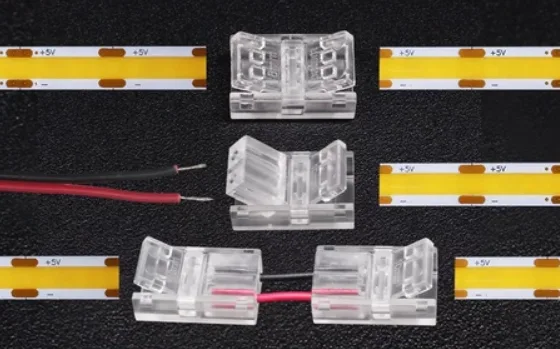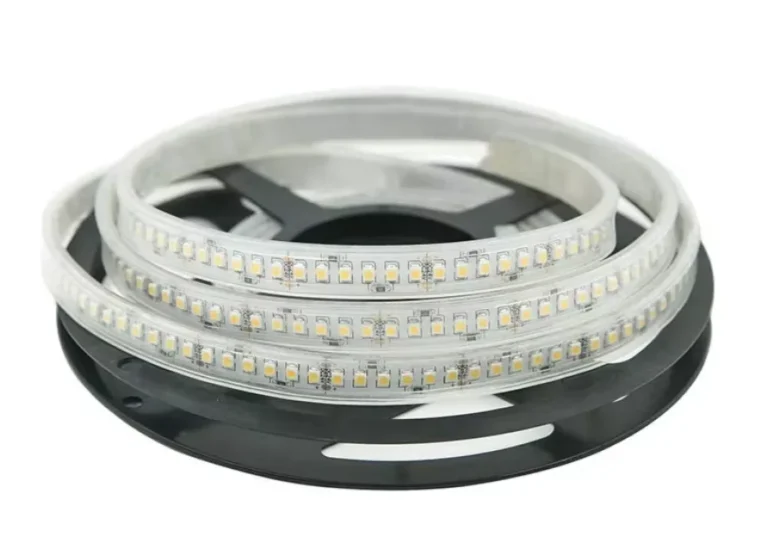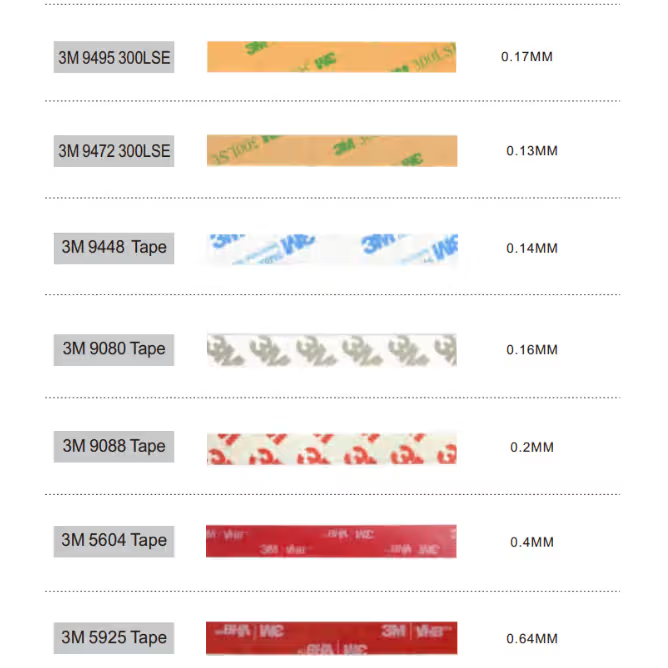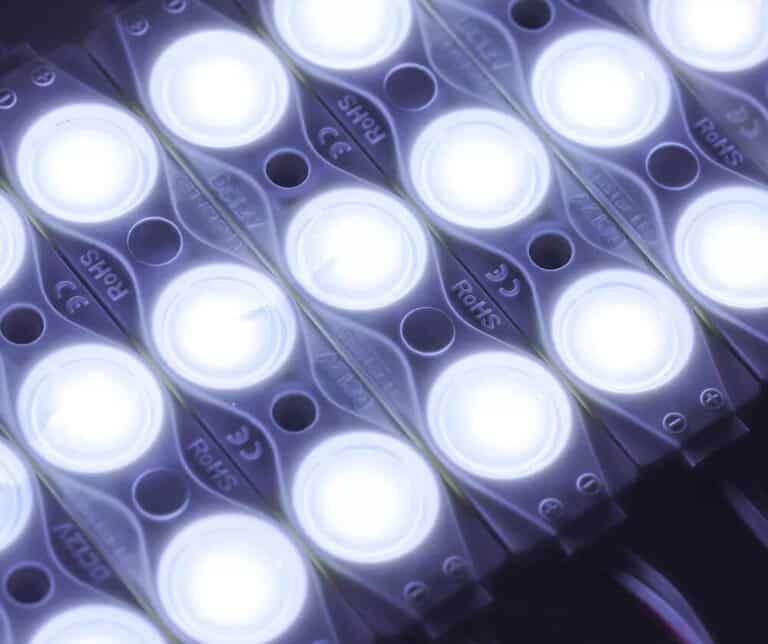Whether you are a night angler, a fish farm operator, or simply looking to illuminate your dock, the right LED fish light can make a remarkable difference. These lights not only create visibility in dark waters but also play a vital role in attracting baitfish and larger predator species by stimulating plankton activity. In commercial applications, they enhance safety, improve fishing efficiency, and even add aesthetic value to waterfront areas.
However, not all fish lights perform the same. The way the light interacts with water—its depth, angle, and diffusion—directly affects how well it attracts fish. This makes choosing between underwater LED fish lights and surface-mounted LED fish lights a key decision for anyone serious about results.
In this article, we’ll explore the main differences between the two types, their advantages and drawbacks, and how to decide which lighting option best fits your fishing environment or dock setup. By understanding how underwater and surface LED fish lights work, you can make an informed investment that delivers better visibility, stronger attraction, and longer-lasting performance.

What Are Underwater LED Fish Lights?
Definition
Underwater LED fish lights are submersible lighting devices specifically designed to operate beneath the water’s surface. Encased in durable, waterproof housings, they are engineered to withstand long-term exposure to water pressure and corrosion, making them ideal for both freshwater and saltwater environments.
Features
These lights typically use high-intensity LED chips that deliver strong luminosity with minimal power consumption. Advanced sealing technologies ensure excellent waterproof ratings (often IP68 or higher), while aluminum or polycarbonate casings enhance heat dissipation and durability. Many models feature green or blue light spectrums, which penetrate deeper and are proven to attract plankton and small fish more effectively.
Applications
Underwater LED fish lights are widely used in night fishing, aquaculture farms, and marine operations. Fishermen deploy them to attract baitfish, which in turn draw in larger game fish. They are also installed around docks, boats, or underwater structures to improve visibility and create an appealing night-time glow. Whether for commercial fishing or recreational use, underwater LED fish lights offer reliable performance and excellent fish-attracting results.

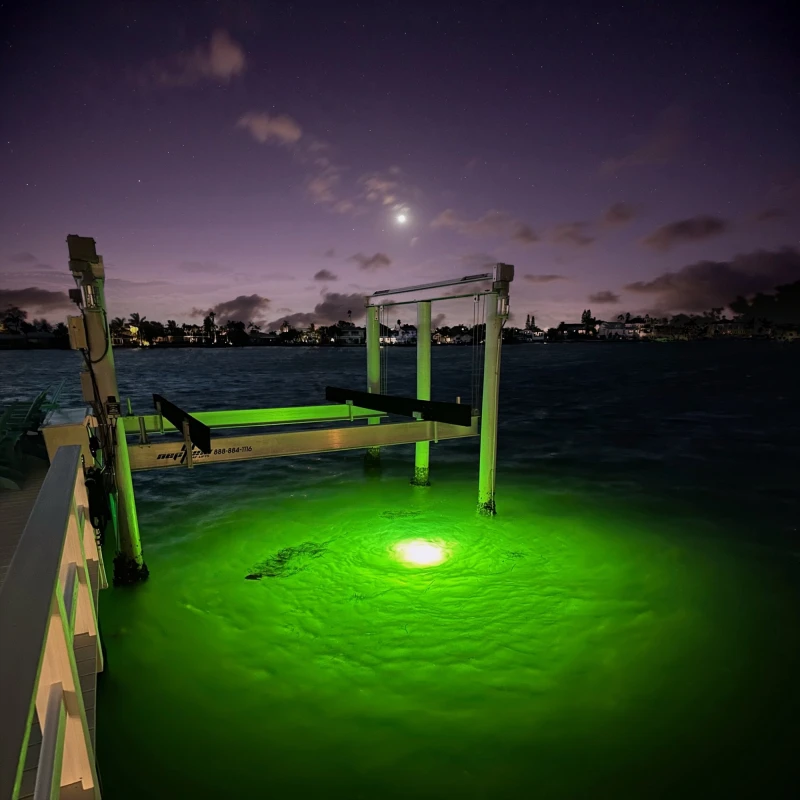
What Are Surface LED Fish Lights?
Definition
Surface LED fish lights are lighting devices installed above or floating on the water’s surface. Unlike submersible types, they project illumination downward into the water, making them ideal for docks, piers, and boats. These lights are typically weatherproof rather than fully waterproof, designed to resist splashes, rain, and humidity while providing bright, wide-area coverage.
Features
Surface-mounted LED fish lights are known for their easy installation and maintenance. They often come with adjustable brackets, floating housings, or magnetic bases, allowing quick setup on boats or dock edges. Their wide beam angles ensure consistent lighting over the surface and shallow areas, while high-lumen LED chips deliver strong brightness with low power usage. Some models include motion or light sensors for automatic operation, enhancing energy efficiency.
Applications
Surface LED fish lights are commonly used for recreational night fishing, dock safety, and waterfront illumination. They help attract baitfish near the surface, making them useful for anglers fishing in shallower waters. Additionally, they enhance visibility around marinas and boats, creating both a functional and visually appealing lighting environment.
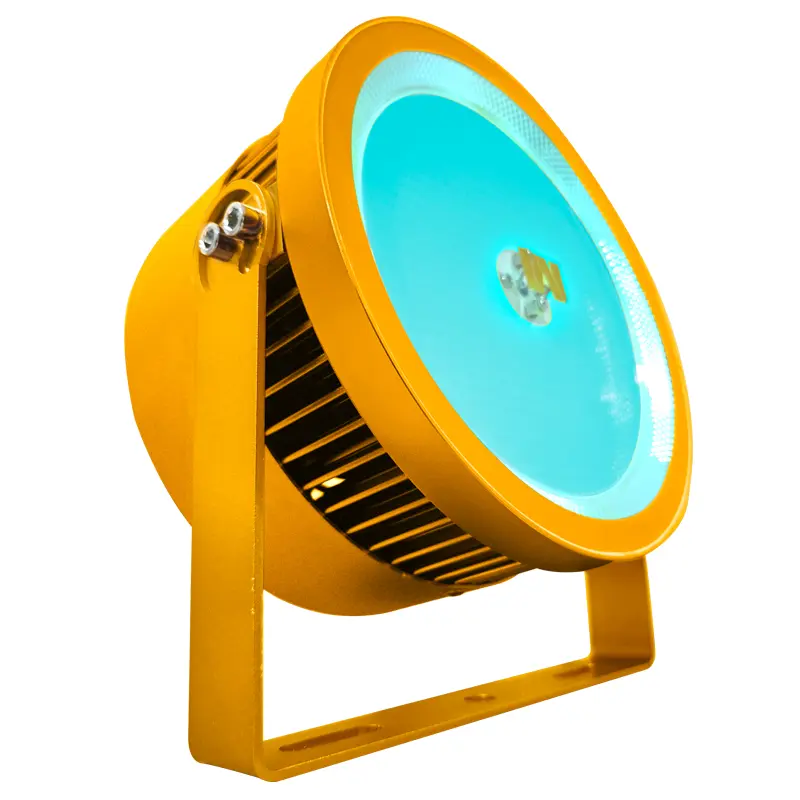
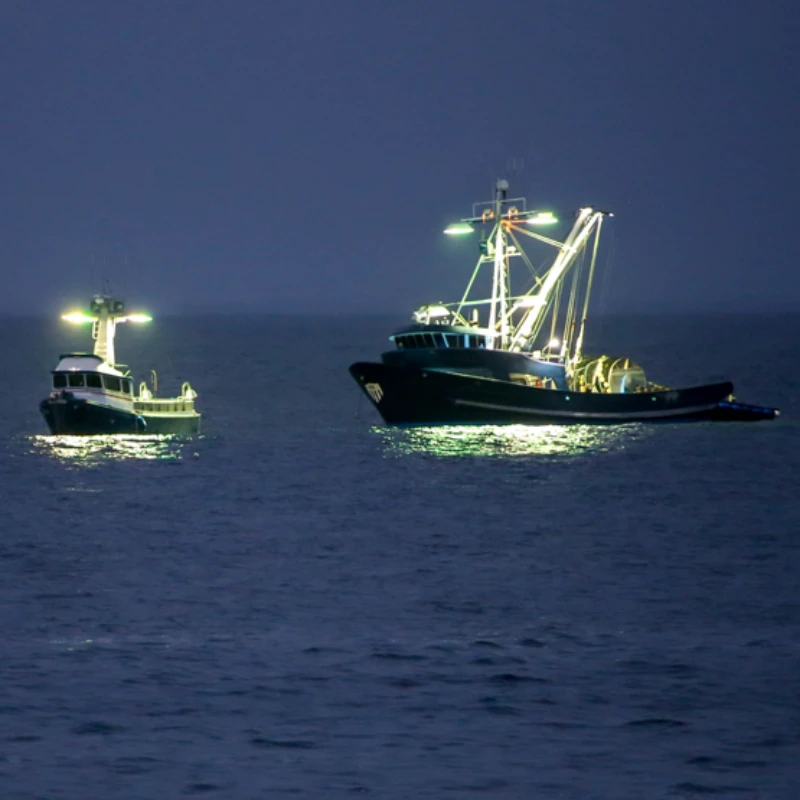
Underwater vs Surface LED Fish Lights: Key Differences
Brightness & Light Penetration
Underwater LED fish lights deliver stronger light penetration because they eliminate surface reflection. Their beams travel directly through the water column, making them ideal for deep or murky conditions.
Surface lights, while bright, lose some intensity due to reflection and scattering on the surface.
Energy Efficiency
Both options use LED technology, but underwater lights are generally more efficient for fish attraction because their light energy is better utilized underwater.
Surface lights may require higher wattage to achieve the same visual effect beneath the water.
Ease of Installation & Maintenance
Surface lights are easier to install and maintain, often requiring simple mounting or floating placement.
Underwater models need secure submersion and periodic cleaning to prevent algae buildup, making them slightly more complex.
Durability & Waterproofing
Underwater fish lights must meet IP68 or higher waterproof standards and are built with corrosion-resistant housings.
Surface lights, while weatherproof, are less protected against full immersion or long-term exposure to moisture.
Fish Attraction Performance
Underwater lighting typically outperforms surface lighting in attracting plankton and baitfish, which prefer illuminated zones below the surface.
Surface lights are effective in shallow water or near docks.
Cost & Longevity
Underwater lights are more expensive but offer longer service life and higher impact resistance. Surface lights are more affordable and easier to replace.
| Feature | Underwater LED Fish Light | Surface LED Fish Light |
| Light Penetration | Excellent | Moderate |
| Energy Efficiency | High | Medium |
| Installation | Complex | Easy |
| Waterproofing | IP68+ | Weatherproof |
| Fish Attraction | Stronger | Moderate |
| Cost | Higher | Lower |
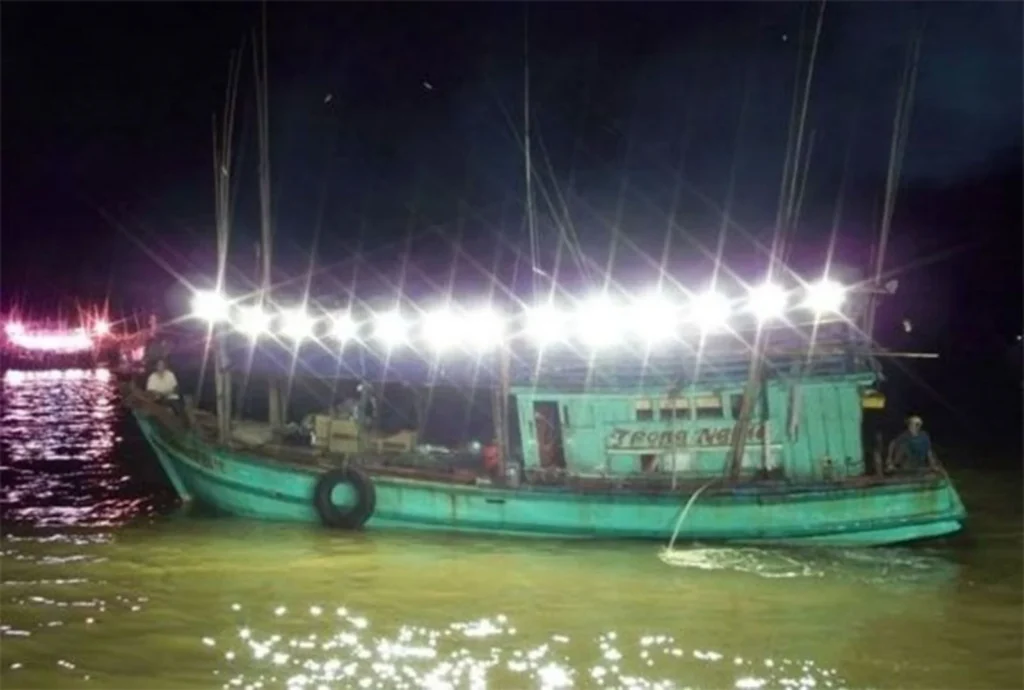
How to Choose the Right Type for Your Fishing or Dock Project
Based on Application
If your goal is to attract fish for commercial fishing, aquaculture, or offshore use, underwater LED fish lights are the better option due to their strong penetration and concentrated illumination. For casual night fishing, dock safety, or decorative waterfront lighting, surface lights provide adequate brightness with easier setup.
Based on Water Conditions
In deep, dark, or moving water, underwater lights perform best because they can reach greater depths and remain stable. In contrast, for shallow ponds, calm lakes, or marina areas, surface lights are more suitable and cost-effective.
Based on Installation Environment
Boats, submerged cages, or fixed underwater structures benefit from submersible designs. Docks, piers, or floating setups are more compatible with surface-mounted or floating lights that are easier to maintain.
Based on Cost and Maintenance
Underwater systems have higher upfront costs but last longer. Surface lights are cheaper and simpler to replace, though they may need more frequent maintenance.
For professional use and deep-water efficiency, choose underwater lighting. For versatility and low-maintenance needs, surface options work well. In some projects, combining both types can create the most effective and balanced fish attraction system.

Conclusion
Choosing between underwater and surface LED fish lights depends on your fishing goals, environment, and budget. Underwater lights provide deeper illumination and stronger fish-attracting performance, making them ideal for professional or deep-water use. Surface lights, on the other hand, offer easy installation and versatile applications for docks, boats, and shallow areas. Understanding your specific needs will help you invest in the right solution for long-term efficiency and results.
At SignliteLED, we offer a full range of LED fish lights with customized spectra designed to attract different fish species — from green lights for baitfish to blue or white lights for larger marine species. Our products are built for durability, energy efficiency, and performance in any water environment. We also support OEM and bulk customization to meet your project requirements. Contact SignliteLED today to get your ideal LED fish light solution.


